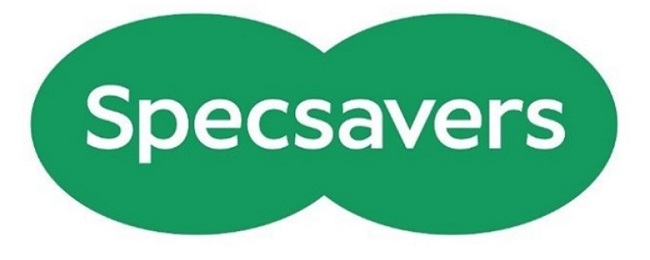Vision News
Community optometrists’ growing role in support of the NHS
Community optometrists’ growing role in support of the NHS
COMMUNITY optometrists are playing a growing role in support of patients and the NHS, according to new figures.

Specsavers continues to see growth in the number of patients visiting its practices for help with a range of minor and acute eye conditions. Many of these patients would have previously gone to hospital or to their GP for support, meaning that Specsavers is able to help ease the pressure on the NHS by seeing these patients. The role of community optometry in support of the NHS is being highlighted in this year’s National Eye Health Week (18-24 September).
In many parts of England, the NHS has commissioned ‘Acute Eye Services’ – which includes Minor Eye Conditions (MECS) or Community Urgent Eyecare Service (CUES). Optometrists in areas where these services are commissioned can provide urgent assessment, treatment, or referral for sudden onset eye problems – such as red or painful eye. This means that the NHS covers the costs of patients accessing this service in the community, supporting ease of a prompt appointment and treatment plan for patients.
 ‘Our highly qualified optometrists and clinical teams are able to support the NHS by delivering a wide range of clinical services’ says Frank Moore, Head of Enhanced Optical Services at Specsavers. ‘We have already seen more than 586,000 patient interactions since the start of March this year, which include patients who contact our practices with an acute eye problem, along with patients with long term conditions such as those seen in our glaucoma services.’
‘Our highly qualified optometrists and clinical teams are able to support the NHS by delivering a wide range of clinical services’ says Frank Moore, Head of Enhanced Optical Services at Specsavers. ‘We have already seen more than 586,000 patient interactions since the start of March this year, which include patients who contact our practices with an acute eye problem, along with patients with long term conditions such as those seen in our glaucoma services.’
Mr Moore adds: ‘As well as completing more than 400,000 patient interactions in England, we have also seen more than 100,000 in Scotland, 67,000 in Wales and 15,000 in Northern Ireland. Throughout the whole of the UK, we expect to see in the region of 1.1 million patient appointments in the 12-month period between March 2023 and the end of February 2024.
‘To put this into context, Specsavers saw nearly one million such appointments between March 2022 and February 2023, and there were 453,000 appointments for the same period in 2018–2019.’
Mr Moore says, by way of example, that more than 165,000 patients have been seen through these Acute Eye Services in England alone in the last six months. He has also seen the benefits for patients, including his own father.
‘We continue to see the positive impact of these well commissioned services throughout the country. Not only are optometrists well placed and qualified to deliver this essential service within the community, but they are also able to treat and look after the majority of patients seen on these services.
‘In fact, we would typically expect less than 10% of patients seen within the service to be referred to eye casualty. Not only does this mean that we are freeing up time and space in our ever-busier hospital departments, but it also helps to ensure more accurate referrals if the patient needs to be seen in an eye casualty department.’
He adds: ‘I have had personal experience of this invaluable service when my father experienced sudden and significant pain on a Sunday evening. He first tried to get an appointment with the local GP surgery – but this was not an option.
‘He was, however, able to access an appointment at Specsavers Melton Mowbray practice early on Monday morning. Our skilled optometrist spotted symptoms of uveitis. This meant my father was able to attend the local eye casualty department that afternoon – along with a referral letter to confirm the findings of the appointment.
‘He was seen at the hospital within a prompt timescale and received a prescription, helping to ensure a speedy recovery from the condition.’



















